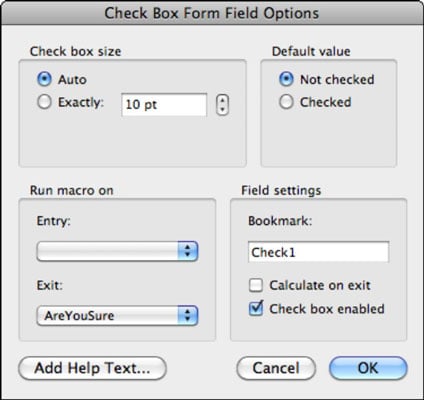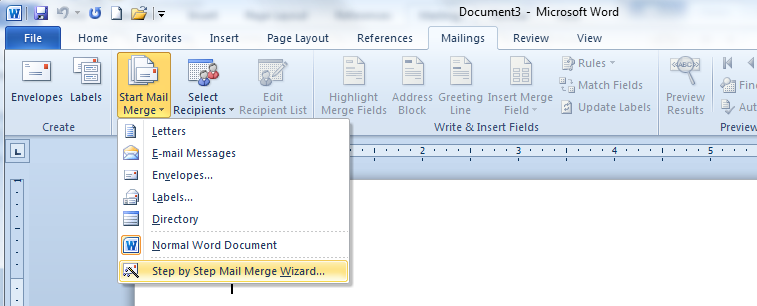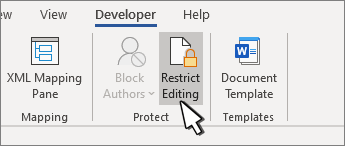
Select or enter the desired properties.įor instance, for the Text Form field for comments, you can restrict the length or keep it limited with the options in Properties.įor dropdowns, you can add individual items easily from its Properties dialog.įinalizing the form by restricting unintentional editingĪnother basic feature you can enforce for form input is to control formatting and editing of form content.Ĭlick on the form control and then select Restrict Editing from the Protect group. The Control Content Properties dialog box will appear when called for each type of form control.


To configure the properties of the form control, click on Properties in the Controls group. Similarly, you can insert the appropriate content controls at the right places. Gender could do with checkboxes for male and female. For instance, Name needs a Plain Text Control as a fillable data field. Under the Controls group, you can see that there are nine options to choose from depending on the user input you want. Go to the Developer tab – insert the cursor where you want the control to appear. Now, the form will be embellished with a few content controls against the details we have filled out. Type in the details that you want the recipients to fill out – like Name, Gender, Age, Country, Operating System…and a few more. We start adding a few as building blocks for our form. Every content control has properties which can be set for user input and data collection. Available since Word 2007, there home is on the Developer tab. The Developer tab gets a place on the Ribbon.Ĭontent controls are interactive elements that help you design documents and templates quickly. Under the long list of main tabs, select the checkbox for Developer. Reveal it by going to File – Options - Customize Ribbon. The Developer tab is hidden in the Ribbon. The Developer Tab is the control center for forms
CREATE FORMS IN WORD FOR MAC 2011 HOW TO
To illustrate how to create a fillable form in Word 2010, here’s a basic feedback form for readers. Best thing you can do is to design it first on paper. It all starts with a planĪny design project starts with a thought and then takes the shape of a definite plan. So, here’s the not too difficult approach as demonstrated on MS Word 2010. Most of us missed it because either we don’t need it or we found it too difficult to wrap our heads around it.Ĭreating fillable forms are an advanced aspect of MS Word, but it’s a skill you would do well to master especially if you routinely gather data or feedback from a target audience. The feature of MS Word forms has been a constant feature from the early days.

This is a very basic tutorial on how to easily put together an interactive form with the help of Microsoft Word 2010. It’s only later that we realize we could cook up so much more with tools available under MS Word, MS Excel, and MS PowerPoint etc. If you really want the toolbar button, with Word 2011 and the new "Ribbon", it seems to only let you drag the custom toolbar entry to the toolbar at very top of the Word window.Make A Fillable Form In Word 2010 & Collect Data The Easy Way: "Īs every day users we usually treat MS Office in a rather half-baked way. View > Toolbars > Customize Toolbars & Menus > (Click "Commands" tab) > (Click "All Commands" filter) > Overtype (drag either to menu or toolbar) Option #2.: Add a Custom Menu command for "Overtype" Word > Preferences > Edit > Overtype (toggle box)

Option #1: Set in preferences (less useful, bit fiddly, but quick for a one off) Just as an fyi, for Microsoft Word 2011 on a Mac, to use Overtype you have the same two options you had on Office 2008. I rarely use Overtype but occasionally it's invaluable for completing basically assembled forms in word where form authors have relied (a little annoyingly, albeit well intended) on the use of underscores to block out a fillable area. I searched and searched online and couldn't find info because the word - overtype - was not in my personal vocabulary, so I didn't search for it. If you click the OVR word, its circle will turn green and you will write over text until you again click the OVR box. On the far right, there are four abbreviated words: REC TRK EXT OVR, each with a small circle to their left. Nothing is listed on any of the menus, or when I searched the help field (that's because the Mac calls it "overtype," which I didn't know at the time).Īt the very bottom of the document's screen, there are some bits of information (page, section, total number of pages, etc.). So I was typing along in Microsoft Word on a Mac, when all of a sudden I was writing over all of the text - as if I had pressed the Insert key on a PC.


 0 kommentar(er)
0 kommentar(er)
